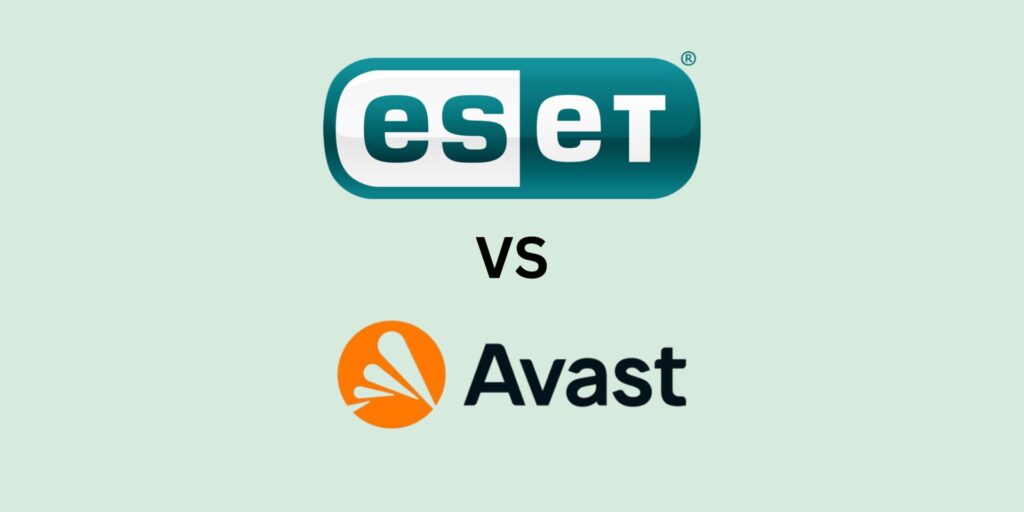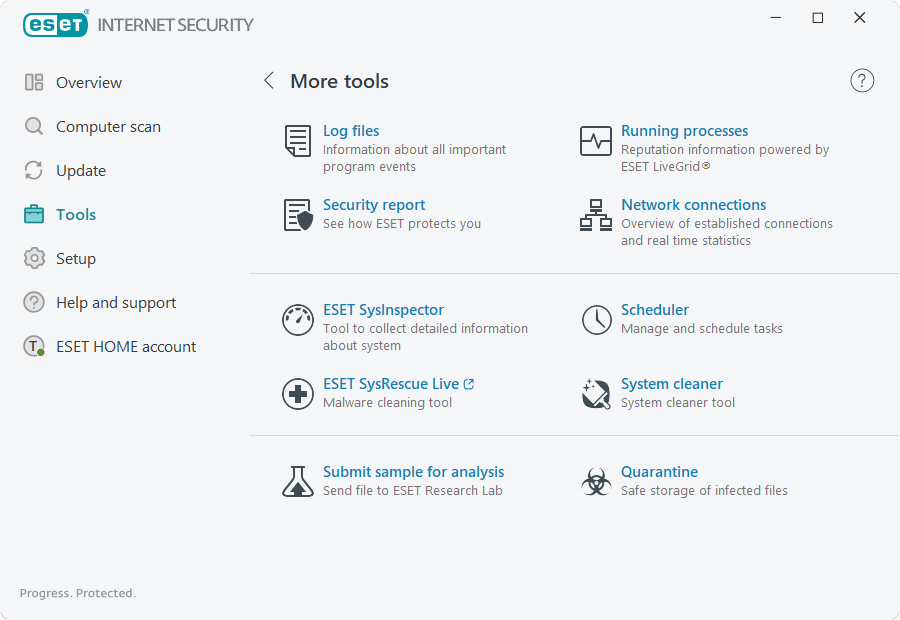
Both ESET and Avast have established strong reputations in the cybersecurity industry, but they cater to different user needs and preferences through their unique approaches. Let’s take a look at some of the similarities and differences in our in-depth comparison of these antivirus providers.
Security
Known for its Advanced Heuristics, which can detect unknown malware by comparing it to known threats, ESET excels in proactive threat detection. This approach minimizes false positives and ensures that emerging threats are identified more quickly. ESET’s NOD32 antivirus engine is particularly renowned for its effectiveness in catching and neutralizing malware without slowing down the system. It integrates deeply with the operating system to monitor applications and files in real-time, ensuring comprehensive protection.
On the other hand, Avast offers a broader range of free features, making it a popular choice for users seeking comprehensive protection without additional cost. Its antivirus engine combines traditional signature-based detection with sophisticated machine learning algorithms to identify and block known and zero-day threats. Avast’s CyberCapture feature automatically sends suspicious files to the cloud for analysis, providing an extra layer of security. Avast includes a behavior shield that monitors applications for suspicious activities, an effective measure against ransomware and other sophisticated attacks.
Save Big on ESET Antivirus
Save 15% on Antivirus Plans
Performance
When it comes to system impact, ESET is generally considered more efficient. Its lightweight design ensures that system performance is not significantly impacted, even during full scans. This makes ESET ideal for older systems or devices with limited resources. Avast, while offering a range of free features, can be more resource-intensive. Users might notice a slowdown during heavy scanning processes, although Avast has made improvements in recent versions to reduce its footprint.
Features
In terms of features, Avast provides a wider array. Its free version includes a password manager, network security scanner, and a limited VPN service. These features enhance overall security and privacy but can also contribute to the aforementioned system load. ESET, while more focused on its antivirus capabilities, offers device control, advanced diagnostic tools, and a secure browser for online banking and payment services in its paid versions.

Usability
ESET’s interface is clean and functional, designed with both novice and advanced users in mind. Its settings can be fine-tuned in great detail, which is a boon for IT professionals and power users. Avast adopts a more user-friendly approach with a modern, intuitive interface that makes navigating its numerous features straightforward for users at all levels of expertise.

Customer Service
Customer support is crucial in the cybersecurity sector, and both companies provide multiple channels for assistance, including knowledge bases, forums, email, and live chat. ESET’s support is highly regarded for its responsiveness and the technical depth of its assistance. Avast also offers robust support, with the addition of free users being able to access a comprehensive FAQ and community forum, which is particularly beneficial.
Summary
Choosing between ESET and Avast ultimately depends on your specific needs and priorities.
ESET is the go-to for those prioritizing system performance and advanced detection capabilities, especially in environments where system resources are at a premium.
Avast, with its generous free version and array of additional features, suits users looking for comprehensive protection without a significant investment, albeit with a slightly heavier system load. Both provide solid protection against a wide range of threats, but their differences in focus, features, and system impact make them suitable for different user segments in the cybersecurity landscape.
Comparison Table
| Feature | ESET | Avast |
|---|---|---|
| Antivirus Capabilities | Advanced Heuristics for proactive threat detection, efficient at catching and neutralizing malware without system slowdown. | Combines signature-based detection with machine learning, includes CyberCapture and behavior shield for comprehensive protection. |
| System Impact | Lightweight design ensures minimal system performance impact, ideal for older systems or devices with limited resources. | More resource-intensive, especially during heavy scanning processes, but has improved to reduce its footprint in recent versions. |
| Additional Features | Offers device control, advanced diagnostic tools, and a secure browser for online transactions in paid versions. | Wide array of free features including a password manager, network security scanner, and a limited VPN service. |
| Usability | Clean and functional interface suitable for both novice and advanced users, with settings for detailed fine-tuning. | Modern, user-friendly interface that simplifies navigation of its numerous features for users at all levels. |
| Customer Support | Highly responsive support with technical depth, offering multiple channels including knowledge bases and live chat. | Robust support with additional access to a comprehensive FAQ and community forum for free users. |